

Scientists at the University of Colorado Anschutz Medical Campus have developed a full-thickness, biodegradable patch that has the potential to treat congenital heart defect in neonates while reducing invasive operations and outlasting current patches.
The findings were published in the journal Materials Today this week.
The ultimate goal is to make lab-grown heart tissue from a patient’s own cells that can be used to restructure the heart to correct for heart defects.”
Jeffrey Jacot, PhD, study’s senior author, associate professor of bioengineering, University of Colorado School of Medicine
“The current patch materials available to pediatric heart surgeons are exclusively non-living and non-degradable, which often fail in their long-term therapeutic efficacy due to low compliance, an increased risk of thrombosis and intimal hyperplasia, and their inability to remodel and integrate with the heart,” the study said.
Permanent repairs necessitate biomaterials that are biodegradable but also encourage heart regeneration, so that the patches are eventually replaced by healthy myocardium, the heart’s middle and thickest muscular layer.
“Any patches that are not replaced by healthy tissue prior to their degradation will inevitably fail and lead to long-term complications,” Jacot said.
The patch was generated in the lab using an electrospinning technology, in which electricity is used to liquid solutions to create nanofibers that are then utilized to make a’scaffold.’ Living cells are then inserted into the scaffold. This is finally turned into the patch.
“The scaffold was found to be mechanically sufficient for heart wall repair,” Jacot said. “Vascular cells were able to infiltrate more than halfway through the scaffold in static culture within three weeks.”
More testing is required before the patch may be utilized in humans.
Jacot believes it will play an important role in the treatment of congenital heart abnormalities and other cardiac disorders in the future.
“This is the first successful demonstration of a very thick, porous electrospun patch specifically for cardiac tissue engineering,” he said.
Jarrell, D. K., & Jacot, J. G. (2023). An in vitro characterization of a PCL-fibrin scaffold for myocardial repair. Materials Today Communications. doi.org/10.1016/j.mtcomm.2023.107596.
more recommended stories
 Osteoarthritis Genetics Study Uncovers New Treatment Hope
Osteoarthritis Genetics Study Uncovers New Treatment HopeOsteoarthritis- the world’s leading cause of.
 Antibody Breakthrough in Whooping Cough Vaccine
Antibody Breakthrough in Whooping Cough VaccineWhooping cough vaccine development is entering.
 Scientists Unveil Next-Gen Eye-Tracking with Unmatched Precision
Scientists Unveil Next-Gen Eye-Tracking with Unmatched PrecisionEye-tracking technology has long been a.
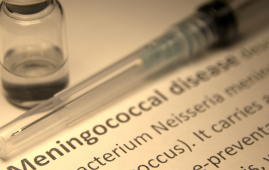 Men5CV: Hope for Ending Africa’s Meningitis Epidemics
Men5CV: Hope for Ending Africa’s Meningitis EpidemicsA landmark global health study led.
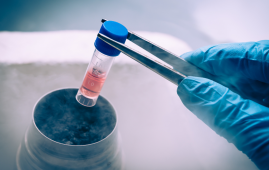 Stem Cell Therapy Shows 92% Success in Corneal Repair
Stem Cell Therapy Shows 92% Success in Corneal RepairA groundbreaking stem cell therapy known.
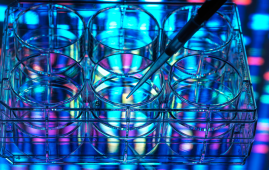 Gene Therapy for Maple Syrup Urine Disease
Gene Therapy for Maple Syrup Urine DiseaseResearchers at UMass Chan Medical School.
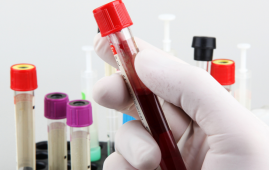 How Fast Are Your Organs Aging? Simple Blood Test May Tell
How Fast Are Your Organs Aging? Simple Blood Test May TellNew research from University College London.
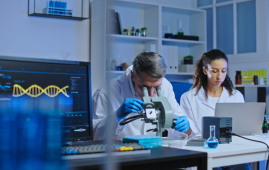 HEALEY Platform Accelerates ALS Therapy Research
HEALEY Platform Accelerates ALS Therapy ResearchA New Era of ALS Clinical.
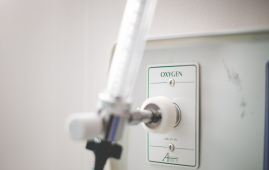 Low-Oxygen Therapy in a HypoxyStat Pill? Scientists Say It’s Possible
Low-Oxygen Therapy in a HypoxyStat Pill? Scientists Say It’s PossibleA New Approach to Oxygen Regulation-HypoxyStat.
 Early Alzheimer’s Diagnosis with Advanced Tau Test
Early Alzheimer’s Diagnosis with Advanced Tau TestA New Biomarker Test Promises Early.

Leave a Comment